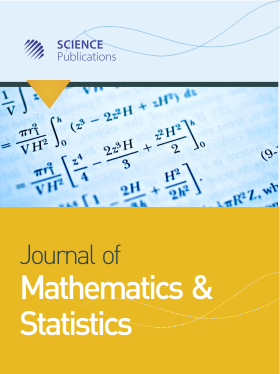Integrating Stochastic Properties into Traffic Flow Modeling: A Stimulus-Response Approach
- 1 Universie´ Felix-Houphouet Boigny, UFR Mathe´matique Informatique, Laboratoire de Me´Canique et Informatique, Abidjan, Cote D'Ivoire
- 2 Department of Mathematics and Statistics, School of Pure and Applied Sciences, Machakos University, Kenya
Abstract
Highway traffic congestion, characterized by its inherent instability, has been extensively studied using deterministic models, providing valuable insights. However, these models often overlook the stochastic nature of driver behavior, a key factor that significantly impacts traffic flow. Recognizing this, a car-following model with discretionary lane changes to analyze their effect on traffic dynamics was introduced. While the mathematical results were sound, the use of the Optimal Velocity Model (OVM) led to unrealistic outcomes in certain situations, such as heavy traffic jams, due to its oversimplification. To address these limitations, a car-following model incorporating human behavior through the Cox-Ingersoll-Ross (CIR) process, demonstrating that traffic instability arises from the stochastic characteristics of traffic flow was proposed. However, traffic instability can be triggered by various factors, including high lane-change rates, incivility, queue properties, and accidents. In this study, we propose an enhanced model that integrates stochastic elements into traffic flow dynamics, while retaining the key stimulus-response mechanisms. Using the Intelligent Driver Model (IDM) and incorporating the Langevin equation with stochastic behavior modeled through the Ornstein-Uhlenbeck process, we aim to provide a more realistic representation of traffic flow. The model is calibrated using the NGSIM dataset and compared with existing approaches, to evaluate its effectiveness in capturing real-world traffic phenomena. Our results highlight the significant impact of perturbations, such as moving bottlenecks, on traffic oscillations.
DOI: https://doi.org/10.3844/jmssp.2024.53.62

- 286 Views
- 140 Downloads
- 0 Citations
Download
Keywords
- Stochastic Intelligent Driver Model
- Lane Changes
- Queue Dynamics
